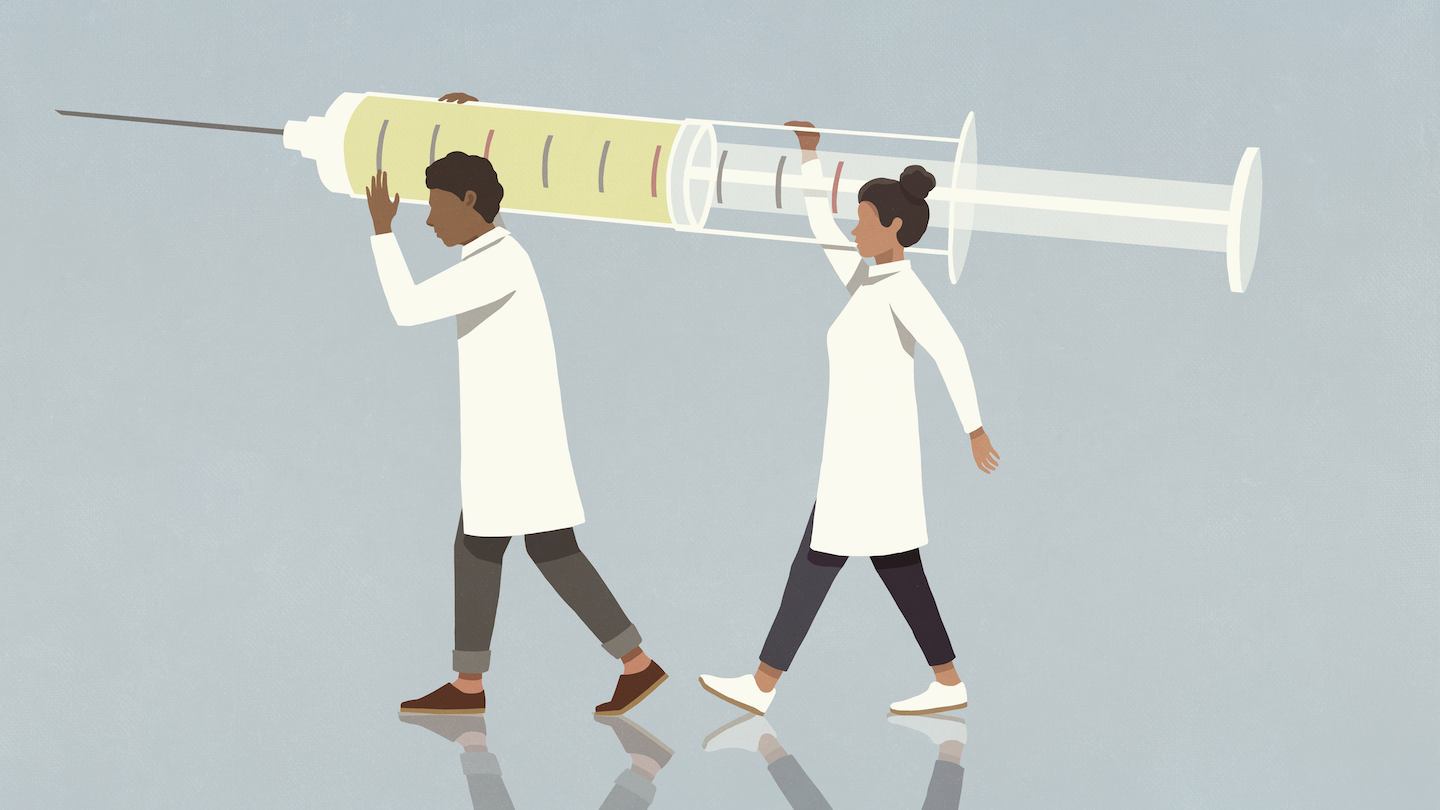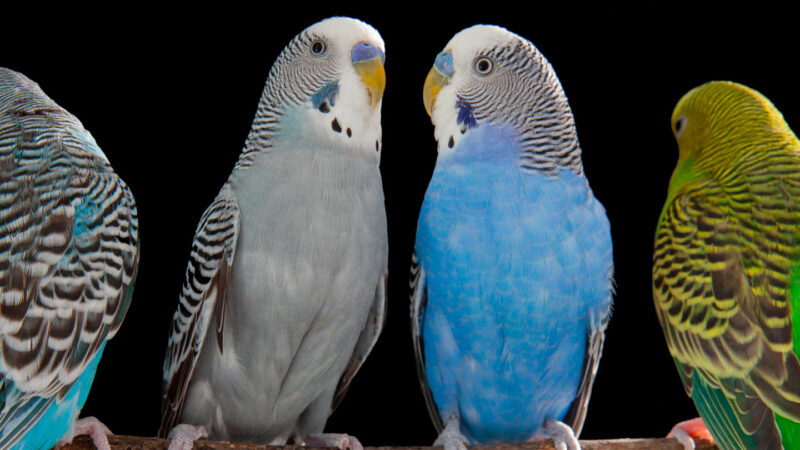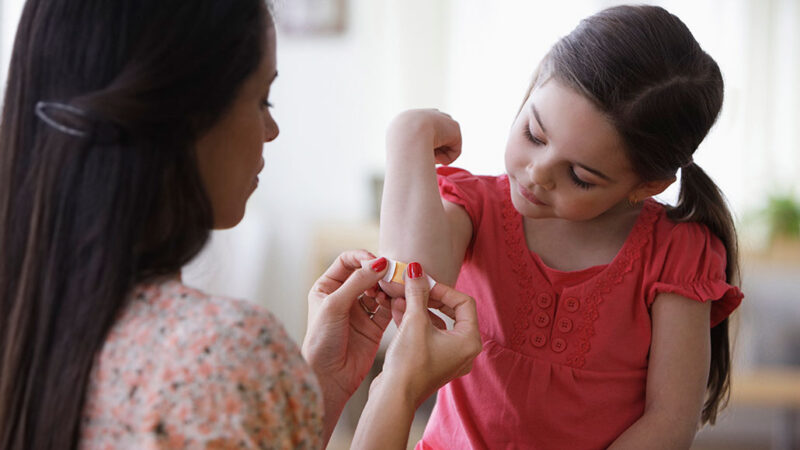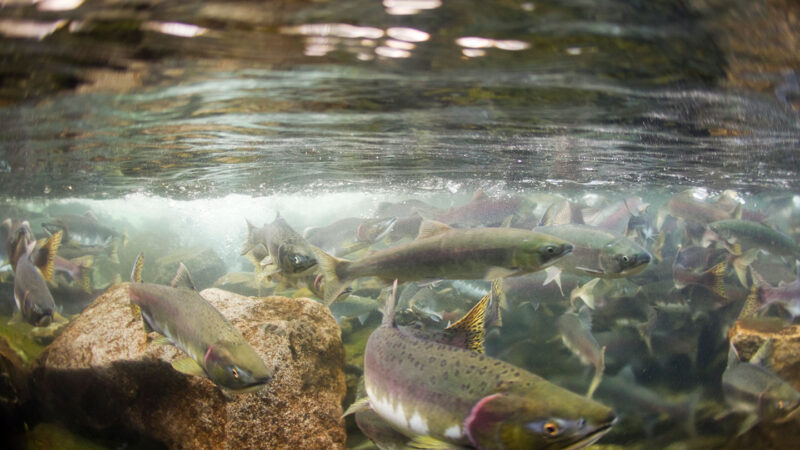Vaccines have made the world a much safer place — especially for children.
Before vaccines, many kids suffered from debilitating or deadly infections. Such horrible illnesses included measles, polio and smallpox. Now, vaccines have wiped out — or nearly wiped out — those diseases from many parts of the world.
In fact, scientists reported last year that vaccines have saved some 154 million lives in the last 50 years. About 146 million of those saved were children under age five.
Vaccines help protect people from disease by training the body’s immune system to fight off harmful pathogens.
Some vaccines, such as flu shots, contain killed versions of disease-causing microbes. Others, including vaccines against measles and smallpox, contain weakened forms of germs. Still others, including COVID-19 vaccines, contain instructions for the body to briefly make proteins typically made by a pathogen. Each of those options offers the body a small — but safe — sample of what a dangerous germ might look like.
When the body detects those intruders, the immune system launches a response. It sends its own proteins, called antibodies, to fend off the invaders. This is basically a dress rehearsal for how to fight off the disease. That way, if someone is ever exposed to a real, live form of the germ, their body already knows how to defend itself.
But vaccines don’t just protect those who have gotten vaccinated. The more people who get vaccinated, the fewer people can spread the disease. That helps shield those who can’t get vaccinated, such as babies and cancer patients, from infection.
The U.S. Centers for Disease Control and Prevention, or CDC, recommend vaccines for more than a dozen deadly illnesses. Measles, mumps, rubella, pertussis and the flu are just a few examples. You can get some vaccines through nasal sprays. Others have to be given through shots. (Engineers are working on ways to deliver vaccines through puffs of air or skin patches as alternatives to shots.)
Vaccines are safe and life-saving medical treatments. Yet vaccination rates in the United States have been falling. With fewer people vaccinated, it will become easier for deadly infectious diseases rear their ugly heads once again. We’ve already seen this happen with a major measles outbreak in Texas this year.
Want to know more? We’ve got some stories to get you started:
2025’s Texas measles outbreak is a lesson in the value of vaccines Many people have forgotten what the world was like before vaccines hit the scene. (3/20/2025) Readability: 7.7
Explainer: Vaccines are not linked to autism Some parents refuse to get their children safe and life-saving vaccines for fear those vaccines cause autism. But many scientific studies have debunked this myth. (4/4/2019) Readability: 7.7
A puff of air could deliver vaccines needle-free This Nerf gun-like device may make injections safer, faster and easier. (9/18/2023) Readability: 7.3
Explore more
Explainer: What are Antibodies?
Explainer: The body’s immune system
Vaccines help everyone — even the unvaccinated
Why some people think they know more than vaccine experts
Analyze This: Flu vaccine’s protection varies
New tech 3-D prints ouchless COVID-19 vaccine patches
RNA work that led to COVID-19 vaccines wins 2023 Nobel in medicine
Activities
Explore the British Society for Immunology’s collection of hands-on activities to learn about antibodies, herd immunity and other concepts related to vaccination.

















